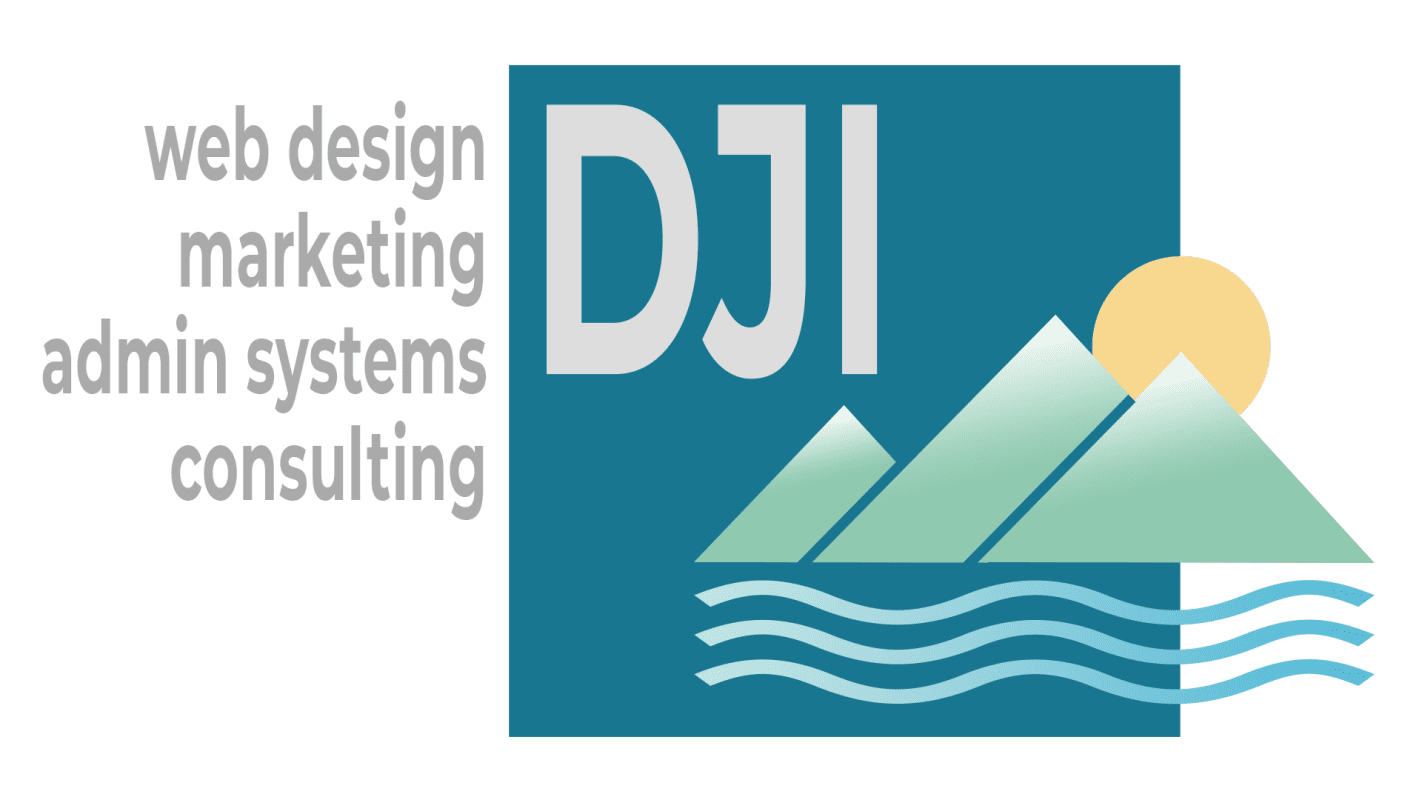Photo by Scott Graham on Unsplash
These notes may well be significantly revised on a regular basis. If this sort of thing is of any interest I'd urge you to invest in yourself: bookmark and check back for regular updates, or perhaps even sign-up below for update notifications.
Click here to learn more about 'Pragmatics' and browse all my Notes ...
Let’s talk about another system that may not be the most exciting aspect of running an online business. But it is crucial for keeping things running smoothly, and that’s billing and invoicing.
Managing your billing and invoicing processes efficiently can make a big difference in your cash flow and your overall business operations. One of the goals here is to streamline the process, to make sure that you get timely payments and, or reduce any potential headaches.
Thankfully, there are plenty of tools and platforms available to help you with this. You don’t have to do things manually or figure it all out yourself.
The most important thing is to avoid any sort of manual billing, or using the wrong software, if you work digitally. Many small businesses start out using something like Google Docs or Microsoft Word to raise their invoices. They will create a template document and each time they need to raise a new invoice they copy and paste it, rename it, type out the invoice details to send to the customer and keep the original document in a folder which gradually fills up with invoices.
This is absolutely fine if you raise maybe 10 or 20 invoices a year. You will still easily be able to locate the information if you need to. And you may need to add the information to the spreadsheet or some sort of software to manage your accounts. You may even do something like emailing a copy to your bookkeeper.
A problem arises when you get much beyond these numbers of documents. You will now be straying into hugely inefficient territory when it comes to the time taken to administer your bookkeeping, or even track down a document if there is an invoice query from your customer. Add in the potential to introduce errors and omissions into your system and things can very quickly get out of control.
I’ve worked with many small businesses who started out with this type of process, but neglected to make a change as their business became a success and grew. And before they knew it they had a huge problem on their hands. The longer you leave this inefficient mechanism in place of the much more difficult it becomes to pivot to something more efficient.
Even if at the outset of your business you feel that a simple document system will do the job and there is no need to invest time, energy and budget in a correctly configured billing system, not having to change things at some point in the future will more than return the cost of the initial setup. This will also usually allow for a much more time efficient process to be implemented at the outset so the benefits start to be enjoyed right away.
The several times over the years I have helped companies move their billing and invoicing into a proper structure have all been fraught with huge headaches for the business owner, and certainly substantially increased cost than setting it up correctly at the outset.
So, if you are at the founding stage of our business, or in its early days (the earlier the better) I would strongly recommend using something along the lines of QuickBooks as a billing system from Day One. There are many comparable alternatives all with their own pros and cons, but the bottom line is that the function they perform for your business is identical in that you raise invoices which are then automatically included in your sales ledger, from which you can automatically generate your profit and loss account and of course manage your credit control. If these phrases cause you to wonder what it’s all about, and you leave that sort of thing to your bookkeeper, my strong recommendation would be to obtain a very basic understanding of how accounting systems work so that you will know exactly how your business is performing at all times.
Many businesses fail in the early years and this can often be traced back to a lack of understanding of the fiscal position of the business. And it all starts with a seamless billing and invoicing system.
Remember, staying on top of your finances and creating a seamless payment process will save you time, reduce stress and help your business thrive. You’ve got to have an easy way for the money to come in.










